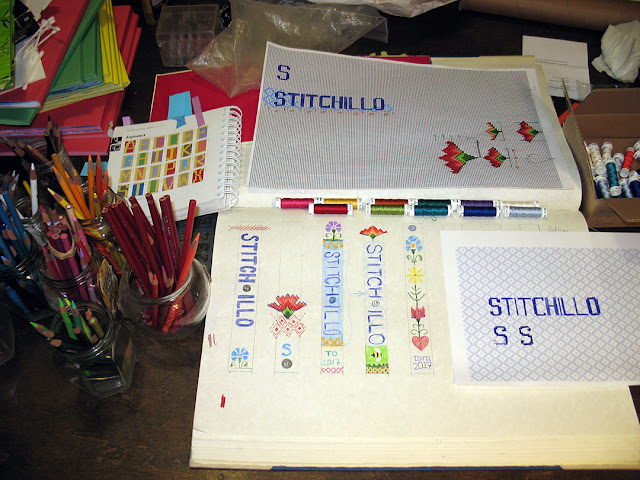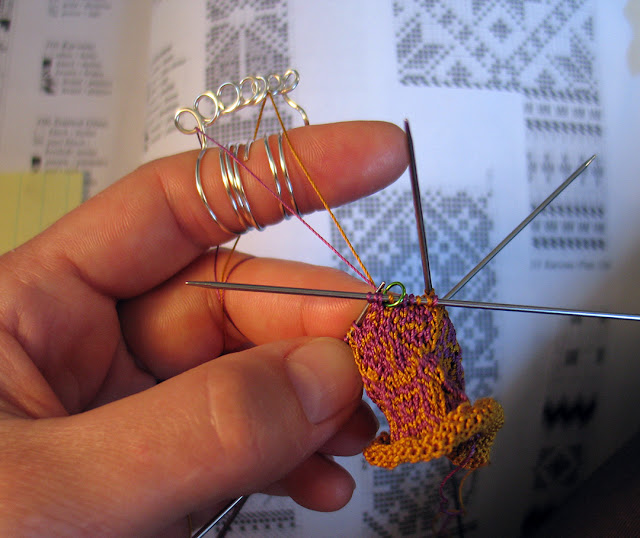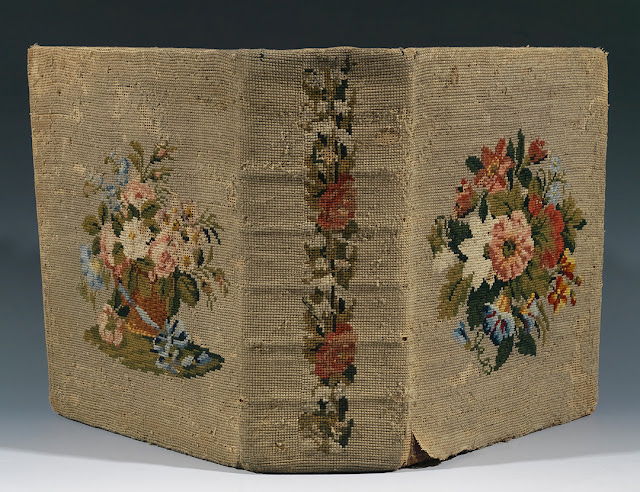Progress

One of the earliest decisions I made about this project was how I was going to actually bind it. The best way to construct a case incorporating the knitting on the spine is with a binding I learned from Todd Pattison - organizer of this project. This is an easy leather spine binding. Above are two of the books I made in class. The structure is brilliant and hides a lot of problems. The cover is constructed so that the boards allow you tuck the spine covering underneath them. Voila! When I took the workshop I made a sample of the structure for reference as well as note taking. Because the knitting will be so much thicker than pared leather I have to put a filler board under the covering board to keep things even. For my teensy little knitting I made a weensy little text block. Rounded it, and constructed the case. My idea of putting a filler board in place worked very well. I used thin mat board instead...



